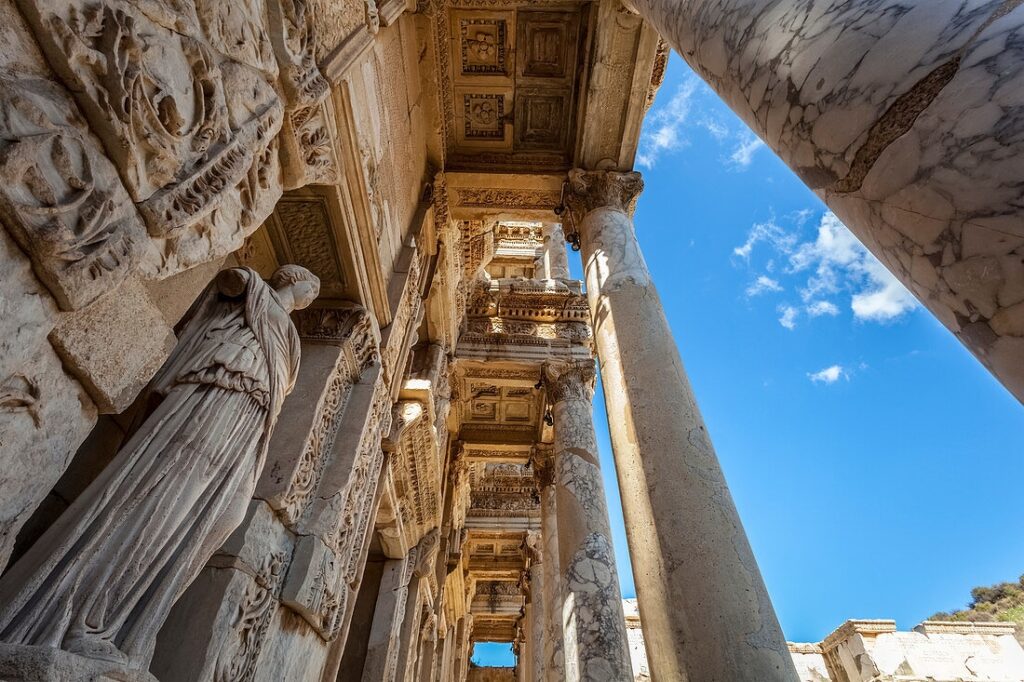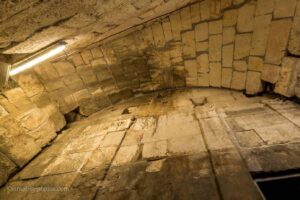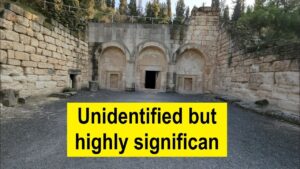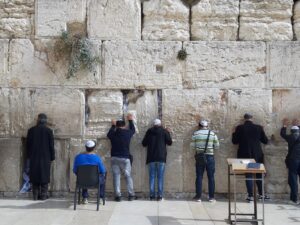Celsus Library: Ancient Landmark in Ephesus
Nestled in the ancient city of Ephesus, the Celsus Library stands as a testament to the grandeur of Roman architecture and the rich history of the region. This iconic structure, with its impressive facade and historical significance, draws visitors from around the world who are eager to explore its ancient corridors and learn about its storied past.
What to See
The Celsus Library is renowned for its stunning facade, which is one of the most photographed landmarks in Turkey. The two-story structure features a series of intricately carved columns and statues that represent wisdom, knowledge, intelligence, and virtue. As you approach, you’ll notice the grand staircase leading up to the entrance, which adds to the library’s majestic appearance.
Inside, the library once housed over 12,000 scrolls, making it one of the largest libraries of the ancient world. Although the interior has not survived the test of time as well as the exterior, visitors can still appreciate the architectural ingenuity that allowed the library to store such a vast collection of knowledge. The library’s design included a double wall to protect the scrolls from humidity and temperature changes, showcasing the advanced engineering skills of the Romans.
A Bit of History
The Celsus Library was built in the early 2nd century AD in honor of Tiberius Julius Celsus Polemaeanus, a Roman senator and governor of Asia. His son, Gaius Julius Aquila, commissioned the library as a tribute to his father, who was buried in a sarcophagus beneath the library. This makes the Celsus Library not only a center of learning but also a monumental tomb.
Ephesus itself was an important city in ancient times, serving as a major trade center and a hub of culture and learning. The library was part of a larger complex that included a theater, temples, and other public buildings, reflecting the city’s significance in the Roman Empire.
Interesting Facts and Tips for First-Time Visitors
One of the most fascinating aspects of the Celsus Library is its facade, which has been meticulously reconstructed from original pieces found during excavations. This restoration effort allows visitors to experience the library much as it would have appeared in its heyday.
For those visiting Ephesus for the first time, it’s helpful to know that the site can get quite crowded, especially during peak tourist season. Arriving early in the morning or later in the afternoon can help you avoid the largest crowds and enjoy a more peaceful exploration of the ruins.
The library is part of the larger Ephesus archaeological site, which includes other notable attractions such as the Great Theater and the Temple of Artemis. Plan to spend several hours exploring the area to fully appreciate its historical significance.
How to Get There
Ephesus is located near the modern town of Selçuk in western Turkey. The nearest major city is Izmir, which is about 80 kilometers away. From Izmir, you can take a train or bus to Selçuk, and from there, it’s a short taxi ride or a pleasant walk to the entrance of the Ephesus archaeological site.
For those traveling from further afield, Izmir Adnan Menderes Airport is the closest airport, offering both domestic and international flights. From the airport, you can rent a car or take public transportation to reach Ephesus.
Once you arrive at the site, you’ll find that the Celsus Library is easily accessible and well-signposted. Be sure to wear comfortable shoes, as you’ll be doing a fair amount of walking on uneven terrain.








